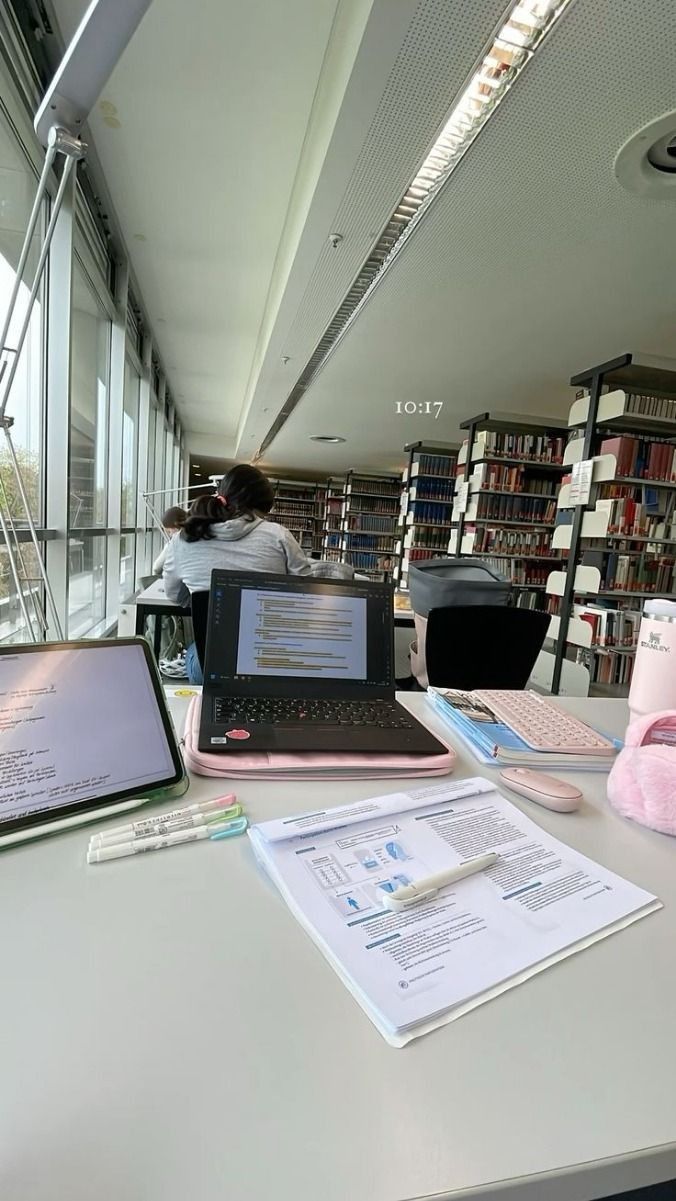What does DfMA stand for? A simple definition framework for DfMA and MMC
This allows us to identify the stakeholders and what they value.
The above diagram illustrates how Chip Thinking® helps in understanding project briefs, test fits, future expansion, and standardisation..Streamlined design and construction.

Reference Design.facilitates industrialised construction, including.platform approaches (P-DfMA).

and manufactured elements.It allows clients to maintain control over intellectual property and incorporate lessons learned to improve design cycles.

Multiple uses refine the design, enhancing layouts, space allocation, and functional flows.. Configuring Reference Design.
Chip Thinking® lends itself to the use of digital configurators, automating the design process.The ‘triple bottom line’ of sustainability.
In the early 1980s, the theorist Freer Spreckley first identified the concept that sustainable development could be realised through identifying and balancing environmental and social outcomes against economic benefits.This ‘triple bottom line’ of sustainability, as it is now known, underpins the corporate policy of organisations around the world.. To enable clarity on the desired outcomes of design, design value can be separated into a series of value types.
The ‘triple bottom line’, as identified by Carmona et al., is a sum of environmental, economic, and social values, and is one of the most used methods of grouping value types in governmental strategies, such as HM Treasury’s Green Book (UKGov, 2018) guidance; the means by which the UK government assesses cost benefits in appraisal and evaluation processes..While there is a growing variety of measures used to assess the environmental impact of projects (such as embodied carbon and operational energy), and economic value is frequently used as the central justification of projects, there is no agreed metric for assessing social value in architecture and in the impact of projects.. Social value in the UK: establishing benefits of good design.




